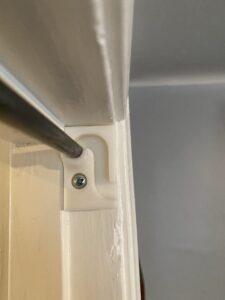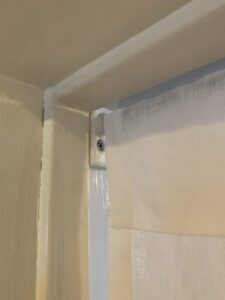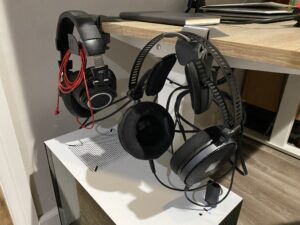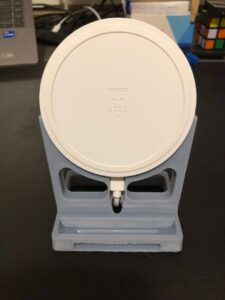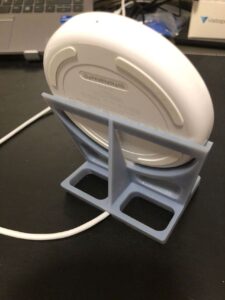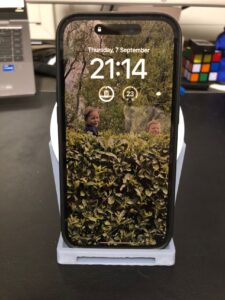In the additive manufacturing (AM) sector, the line between business and personal use is often a creative blur. For many AM professionals, 3D printing is not just a job, but a passion that extends into their homes, hobbies, and daily life. This article delves into the diverse ways these professionals engage with 3D printing outside of their work hours, showcasing how a little training can turn you from a Maker to a Maker Pro.
After getting responses from a handful of AM experts, we were able to draw a number of conclusions about their use of the technology. Applications ranged from personal art pieces and gifts to solving everyday problems and even running side gigs selling 3D printed wares online. We’ll be breaking this series into AM used for more practical solutions, like repairs, and the more whimsical side of human creativity—i.e., art and toys.
“The joy for me is knowing I have a solution engine ready to roll any time–I’m not limited by lead times or pre-existing tools,” said Julien Cohen, Director of Applications at Velo3D (NYSE: VLD).
Cohen has worked in a variety of roles in the sector and with a number of technologies, including stints at 3DEO, with its Intelligent Layering process, and Stratasys (Nasdaq: SSYS). “With calipers, basic modeling skills, and a consumer printer, every problem starts to look like a 3D printable nail. It’s the same reason why one good engineer with a printer can add enormous efficiency on a manufacturing shop floor. It’s just one compact tool, a clean process generating no dust and little waste, cheaply, with enormous flexibility for material and geometry.”
- An old apartment bedroom had space for a bed, or an open door, but not both.
“The joy for me is knowing I have a solution engine ready to roll any time–I’m not limited by lead times or pre-existing tools,” said Julien Cohen, Director of Applications at Velo3D. Cohen has worked in a variety of roles in the sector and with a number of technologies, including stints at 3DEO, with its Intelligent Layering process, and Stratasys. “With calipers, basic modeling skills, and a consumer printer, every problem starts to look like a 3D printable nail. It’s the same reason why one good engineer with a printer can add enormous efficiency on a manufacturing shop floor. It’s just one compact tool, a clean process generating no dust and little waste, cheaply, with enormous flexibility for material and geometry.”
- This bolt has a print-in-place swivel head to maintain flat contact during part flex.
As a consultant in medical 3D printing, Erik Boelen helps companies to implement a quality management system that he developed for ISO 13485 standards, among other medical AM related assistance. Boelen’s use of AM outside of work illustrates the practical side of this technology. In one instance, the consultant wanted to address an issue he faced with his phone which, because it typically laid flat on his desk to take advantage of his wireless charger, he couldn’t unlock it with FaceID. Using an Elegoo Mars 3, Erik was able to craft the perfect solution.
“Time needed? I designed a little bit for a few days in a row—my design skills are a little rusty. Printer took maybe 4 hours and cleaning 1 hour or so,” Boelen said in LinkedIn post. “Admittedly, I did make a small design flaw… The plug of the charger did not fit through the base of the stand . So it took some manual burring to widen the gap slightly. And the alignment is not perfect , I have to lift the phone just a little bit before the charging begins, then I can slide it into the slot at the bottom and it continues charging.”
Otherwise, Erik, who was previously the COO of a company that relied on additive for the production of custom implants and surgical guides, has used 3D printing to make a few bathroom accessories, adapting designs from online. His story of designing a unique phone stand that integrates a wireless charger and a sound redirector epitomizes the innovative spirit of 3D printing enthusiasts. Despite the challenges and messy post-processing, his project underlines the potential of home 3D printing to create functional, customized gadgets.
Veteran engineer Tomasz Taubert was an early adopter of topology optimization, having begun using ANSYS Design Space in 2000 becoming a beta tester for Altair Inspire in 2013. Almost a decade ago, Taubert was dissatisfied with the original handle for his Toro gas-powered leaf blower, which seemed to be designed by someone unfamiliar with the product’s use. Initially contemplating a sheet metal design, he instead employed Altair Inspire to craft a topology-optimized model that he then printed on a Stratasys Fortus demo unit. The final product, a 6″x6″x6″ print made from ABS, proved to be more durable than the blower itself.
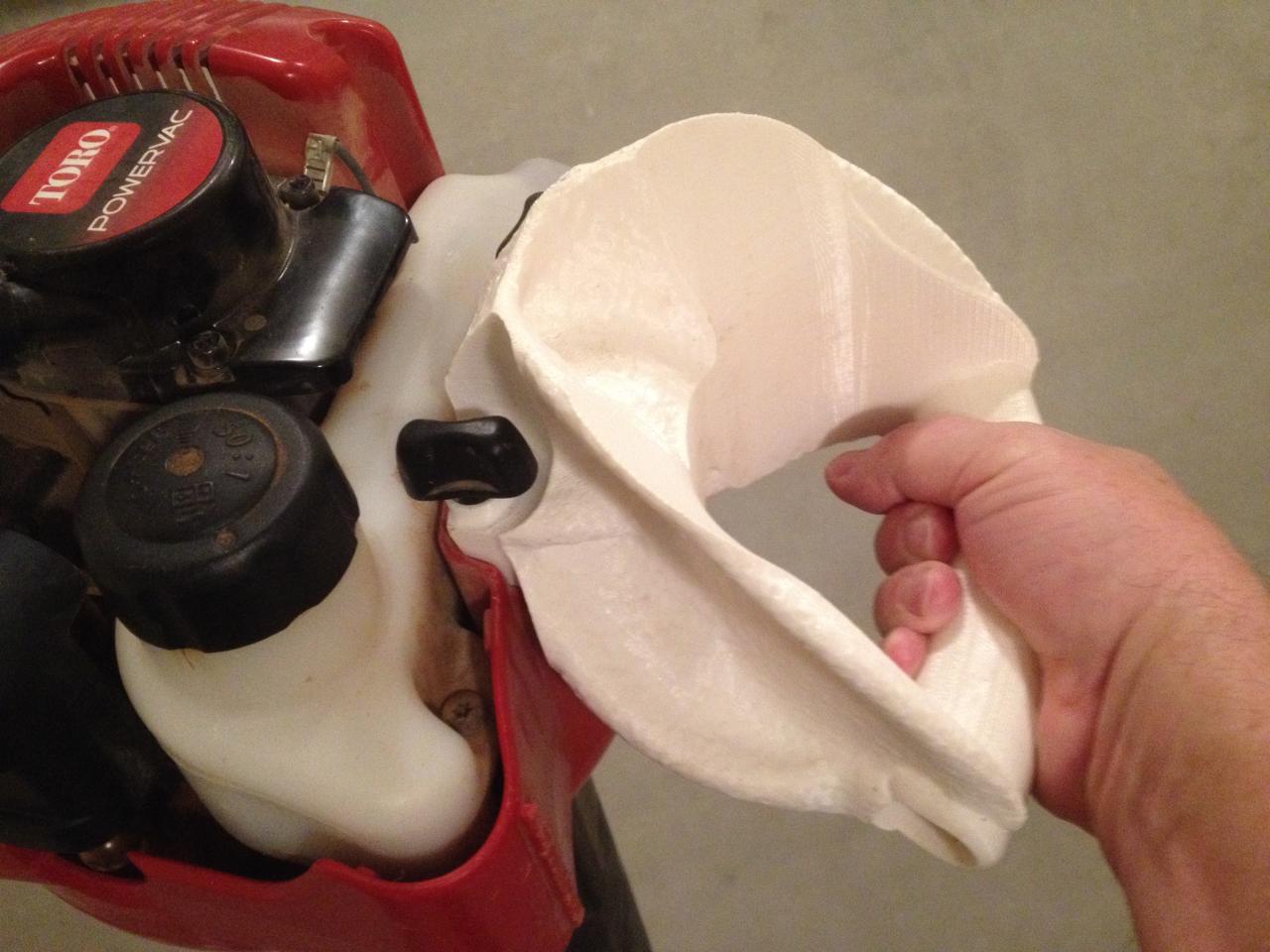
Other practical applications included 3D printing torque wrenches, jigs and fixtures, and a mounting block for a removable pergola. The personal stories of these AM professionals underscore a common theme: the empowerment provided by 3D printing technology. Their experiences reveal that beyond the industrial applications, 3D printing is a tool for personal expression, experimentation, and problem-solving, embodying the spirit of modern-day craftsmanship. Stay tuned for the next part in this series, where we take a look at some of the amazing art that these Maker Pros have created with 3D printing. If you’re a professional in the AM sector and would like to send me your own 3D printing projects, reach out to me at michael@3dprint.com.
Subscribe to Our Email Newsletter
Stay up-to-date on all the latest news from the 3D printing industry and receive information and offers from third party vendors.
Print Services
Upload your 3D Models and get them printed quickly and efficiently.
You May Also Like
Making Space: Stratasys Global Director of Aerospace & Defense Conrad Smith Discusses the Space Supply Chain Council
Of all the many verticals that have been significant additive manufacturing (AM) adopters, few have been more deeply influenced by the incorporation of AM into their workflows than the space...
EOS in India: AM’s Rising Star
EOS is doubling down on India. With a growing base of aerospace startups, new government policies, and a massive engineering workforce, India is quickly becoming one of the most important...
PostProcess CEO on Why the “Dirty Little Secret” of 3D Printing Can’t Be Ignored Anymore
If you’ve ever peeked behind the scenes of a 3D printing lab, you might have caught a glimpse of the post-processing room; maybe it’s messy, maybe hidden behind a mysterious...
Stratasys & Automation Intelligence Open North American Tooling Center in Flint
Stratasys has opened the North American Stratasys Tooling Center (NASTC) in Flint, Michigan, together with automation integrator and software firm Automation Intelligence. Stratasys wants the new center to help reduce...



